When shopping for motorcycle insurance, one of the key factors that insurers consider is the type of motorcycle you ride and its engine size. These elements significantly influence your insurance premiums because they affect the risk profile from the insurer’s perspective.
In this article, we’ll explore how motorcycle type and engine size impact your insurance costs and what you can do to find the best rates regardless of your bike’s specs.
Why Motorcycle Type Matters
Different types of motorcycles come with different risk levels based on their design, usage, and rider demographics. Here’s how various types generally affect insurance premiums:
1. Sport Bikes
Sport bikes are high-performance motorcycles built for speed and agility. Due to their powerful engines and tendency to be ridden aggressively, sport bikes often carry higher insurance premiums. Insurers view sport bike riders as higher risk because of increased accident rates and costly repairs.
2. Cruisers
Cruisers are designed for comfort and long-distance riding, often featuring larger engines but a more relaxed riding style. Generally, cruisers have moderate insurance costs because they’re less associated with risky riding behaviors.
3. Touring Bikes
Touring motorcycles are built for long-distance travel, equipped with extra features like luggage compartments and advanced electronics. They can be expensive to insure due to their high value and costly repairs, but riders tend to be more experienced and cautious, which can balance costs.
4. Standard and Naked Bikes
These bikes are versatile and often used for everyday commuting. Insurance premiums for standard bikes tend to be moderate as they are less specialized and often have lower engine power.
5. Off-Road and Dual-Sport Bikes
Used mainly for trail riding or mixed terrain, these bikes usually have smaller engines and lower insurance premiums. However, if used frequently on public roads, rates may vary.
How Engine Size Affects Insurance Rates
Engine size, measured in cubic centimeters (cc), is a major factor in calculating insurance premiums:
-
Smaller engines (under 500cc): Typically cost less to insure. These bikes have less power, are easier to control, and are often used by beginner riders, which lowers the perceived risk.
-
Mid-range engines (500cc-1000cc): Have moderate insurance rates. These bikes balance power and control and are popular among experienced riders.
-
Large engines (above 1000cc): Usually come with higher premiums due to increased power and speed, which can lead to more severe accidents and higher repair costs.
Other Factors Influencing Insurance Costs
While motorcycle type and engine size are key, insurers also consider:
-
Rider age and experience
-
Location and usage
-
Safety features and security devices
-
Coverage type and deductibles
Tips to Manage Insurance Costs Based on Your Motorcycle
-
Choose a bike that matches your skill level and needs.
-
Take safety courses to qualify for discounts.
-
Install anti-theft devices to reduce theft risk.
-
Compare quotes from multiple insurers who specialize in your bike type.
-
Consider adjusting coverage levels to balance protection and cost.
Your motorcycle’s type and engine size play a significant role in determining your insurance premiums. Understanding how insurers assess these factors can help you make smarter choices when buying a bike or shopping for insurance.

